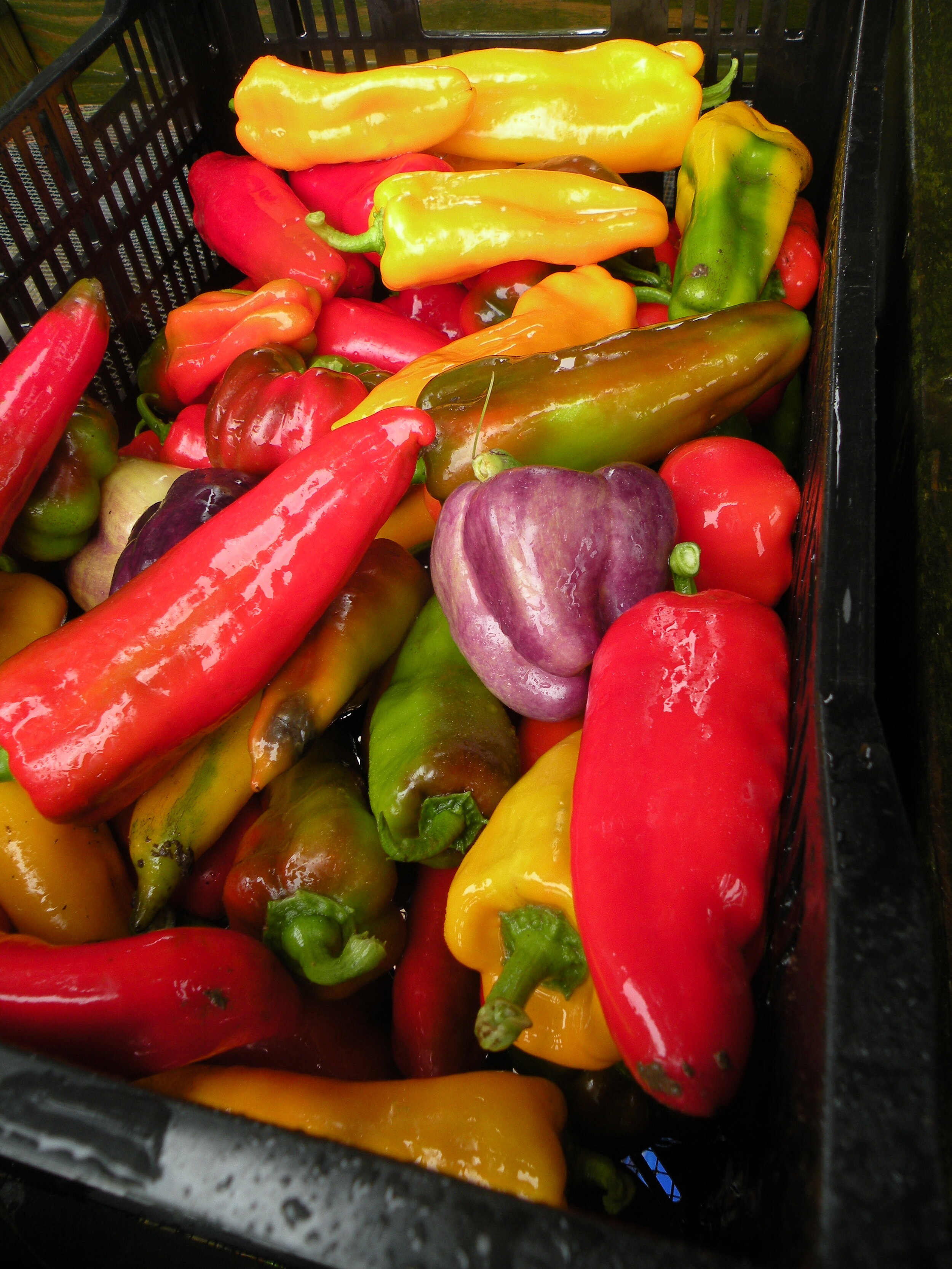Sometime in July my left thumb began hurting.
It wasn't due to any injury so far as I could tell – I'd simply slept on it badly, cocked-up under my neck to support my head. I didn't think much about it until I slowly realized that it wasn't getting any better as August turned to September.
Thumbs get quite a lot of use around our farm, and Erin quite reasonably chided me for putting-off having it looked at. We were busy of course, and I suppose that was my excuse. By the time we were drawing-in the last of the harvest in October, my thumb's continuing sensitivity finally prompted me to set an appointment at the clinic, worried that twenty-six years of farm work might have taken its toll and that now, perhaps, I had left it too late.
As if to put as fine a point on that sentiment as possible, the soonest available time with a doctor turned out to be at the eleventh hour of the eleventh day of the eleventh month. I suppose the diagnosis would have been the same whenever I'd been seen, but I found Fate's additional fillip in this regard slightly amusing.
Arthritis is an occupational hazard of farming, and the sort of hand-agriculture that we engage in -- with its endless hours of repetitive motion and straining of the limbs against the forces of nature -- hardly makes it less-so. Arthritis has already crept into my back and shoulder, but I've found these joints amenable to stretching and exercise as succor for their occasional creakiness and pain. Not so my thumb, which has thus far remained recalcitrant and is generally unhappy wrapped around a hoe or hammer handle. I have a bit of occupational therapy scheduled for the winter months ahead, but I admit mild concern if I can't manage to get a grip on this new challenge. On the other hand, I'm unlikely to give up farming very easily because I'm addicted to it.
From Digits to Numbers
Fortunately, I do not need my thumb in order to run a calculator. And with a few punches now, I've already determined that this year has (as usual) not shaped-up numerically in quite the way I expected. Given that 2018 was the wettest year of the past twenty-six, with near-apocalyptic flooding over a couple months during harvest, I'd assumed 2019 might have been more productive overall. But no presumption is ever unpunished.
2019, as it turned out, produced shares identical in size to 2018, to within a fraction of a pound (out of 136 lbs total), and within 200 calories out of a total of 21,000.
My sanguine expectations for 2019 were founded in part on the fact that a number of vegetables did quite well despite what were again excessive rains, though not catastrophic. Carrots, sweet peppers, onions, potatos, peas, broccoli and beets all burgeoned this year.
But of those, only the first two were substantially more prodigious than 2018. The five and a half lbs of carrots we delivered in shares over the course of 11 weeks was an amount ten times higher than the regretable half-pound we doled-out in 2018, and 13 lbs of sweet peppers was roughly double what we put in shares last year. The rest of these vegetables were only marginally more productive, with an extra pound here and a pound there going into the shares.
These good returns, along with decent results from nearly everything else that was planted in the garden,were offset by the near-complete absence of fruit this year.
Poor blossom-set on our Clapp's Favorite pear has become routine over the past several years; this variety is sensitive both to overly wet soils and late cold in the Spring, both of which have been endemic since about 2015. In a good year the tree will turn out 300 lbs of fruit; we we're lucky this year to get 50. Our kiwi are also sensitive to late green-up and have therefore had a number of poor years in a row. In 2019 however, the fruits stopped coming entirely, possibly due in part to a more extensive pruning we'd given it over the preceding winter. Our orchard apples were unusually beset by pests, and our few feral trees – which can sometimes evade such damage – generally bore poorly. Plums and apricots – also species which are averse to long, cold winters and damp summers – produced nothing this year. A number of our quince trees perished from the -30°f cold we experienced last February.
But it was spiritually restorative to have such good results in the garden after such a difficult season in 2018. With just shy of 300,000 calories coming off of our 6,500 square foot vegetable patch, our efficiency rose this year to 45 calories/square-foot, up from 38.8 cal/sf last year and 44 cals/sf in 2017. A few more specific metrics: Our carrot bed turned out 116 cals/sf (and that was with 10-20% loss from rot due to waterlogged soils); beans and wheat both turned out ~ 110 cals/sf, potatos ~ 250 cals/sf (again, with some losses to rot), and onions, 258 cals /sf.
We used 0.7 gallons of fuel in the vegetable patch this year, making for a return of 13.3 food calories for every calorie of gas consumed. Financial productivity turned out to be around 75 cents per square foot of cultivated soil, once outside vegetable sales were added to our CSA revenues. These are the sorts of numbers I was hitting when I first started measuring them 15 or 20 years ago, so that's a good sign.
As ever, we thank our CSA subscribers and other farm-members and customers for supporting our tiny farm and our ability to look after the land and continue searching for the techniques and systems that produce the best returns from ecological practices. The unsustainable carbon-impacts of industrial agriculture began to get recognized in some well-publicized scholarly studies this past year - a hopeful sign, if slow in coming. So we consider ourselves lucky to be so well supported year after year in pushing toward a future food system which is obviously necessary, but often looks despairingly far away.
Indeed, right now even my thumb is grateful to be in farming.




